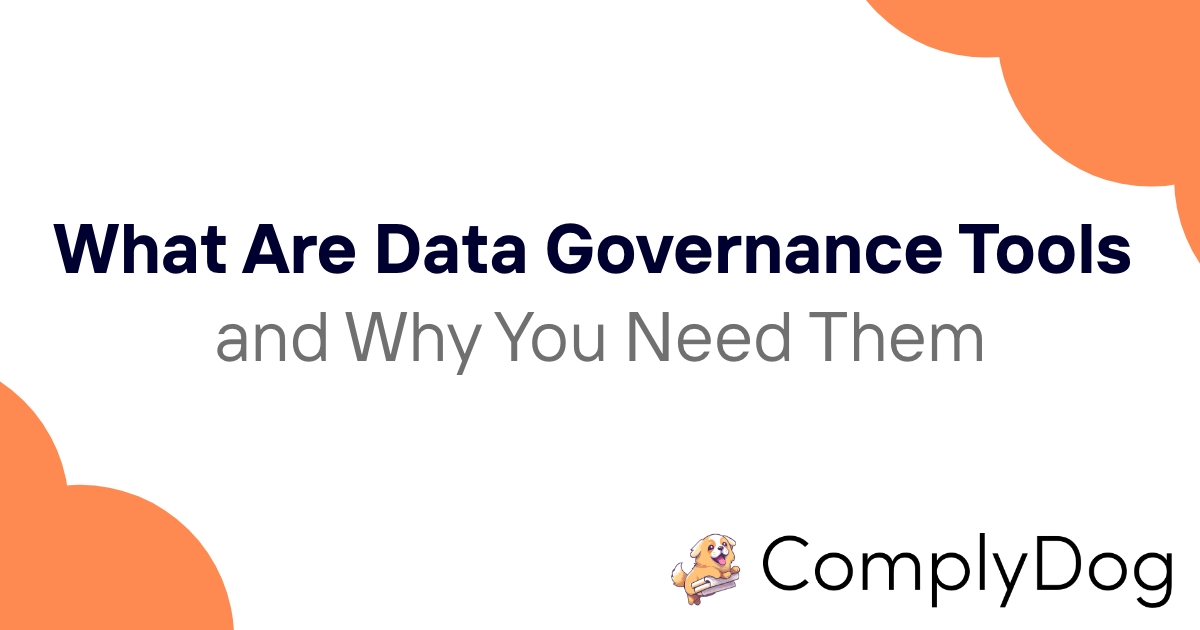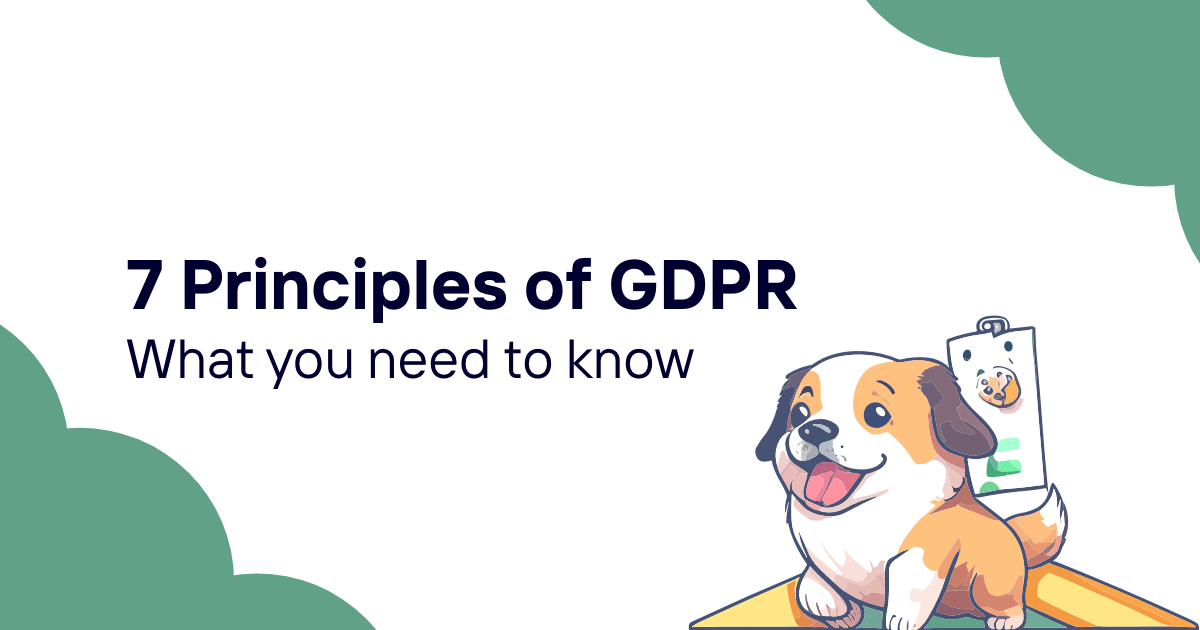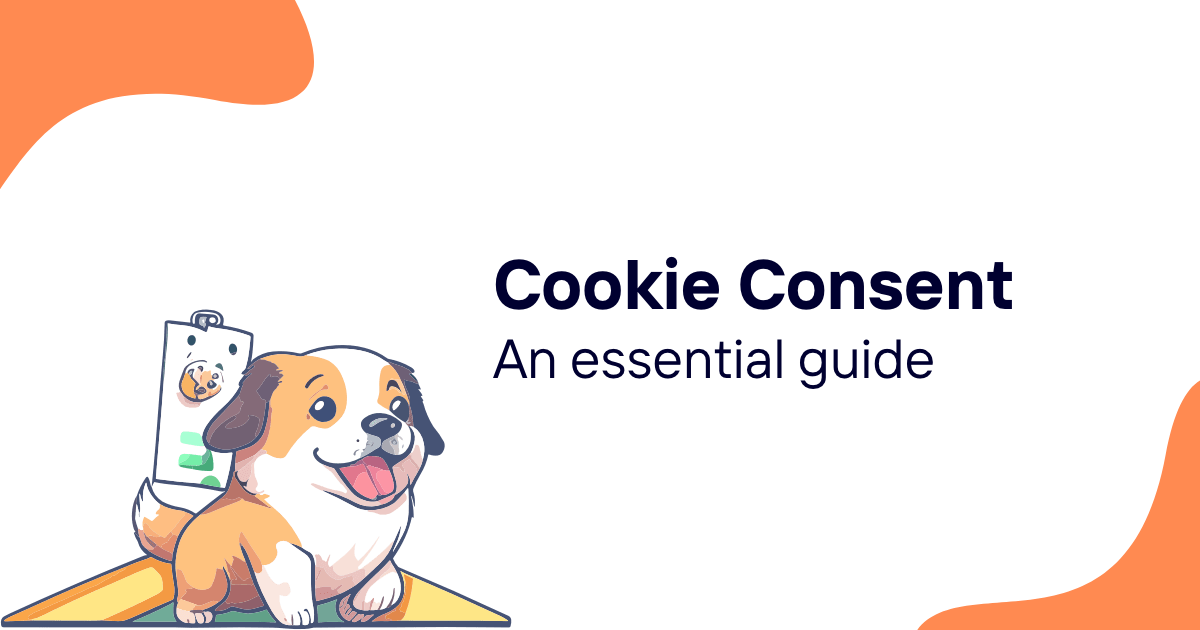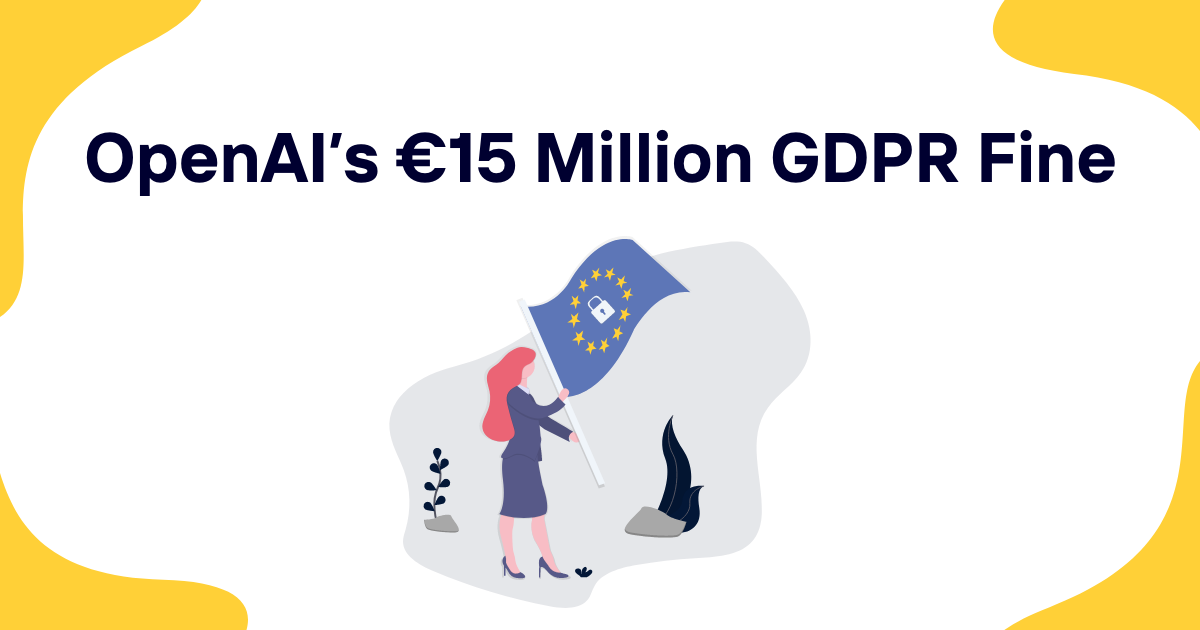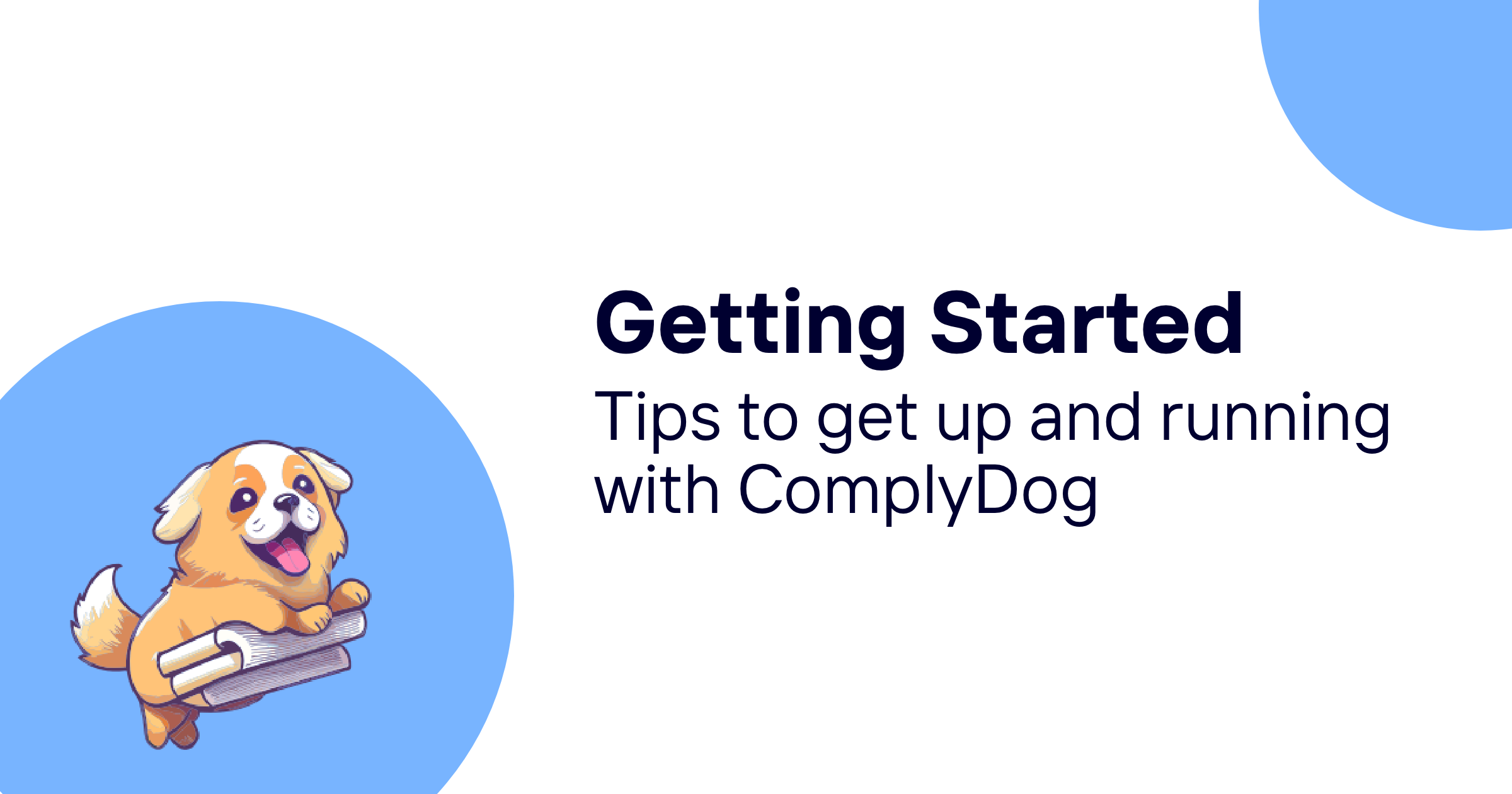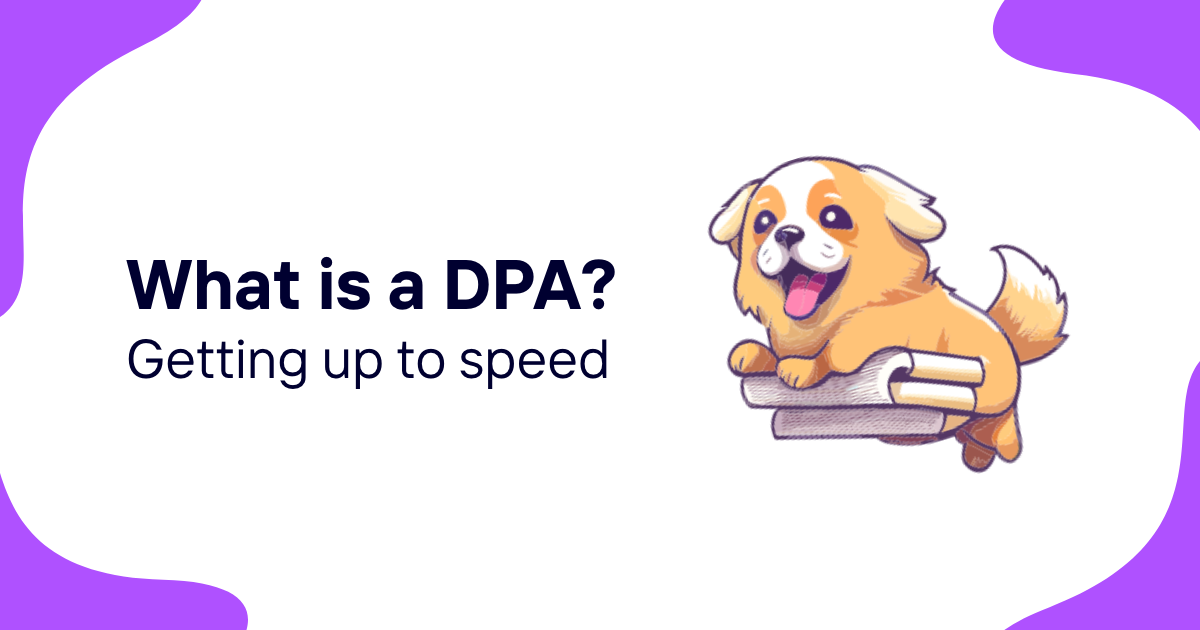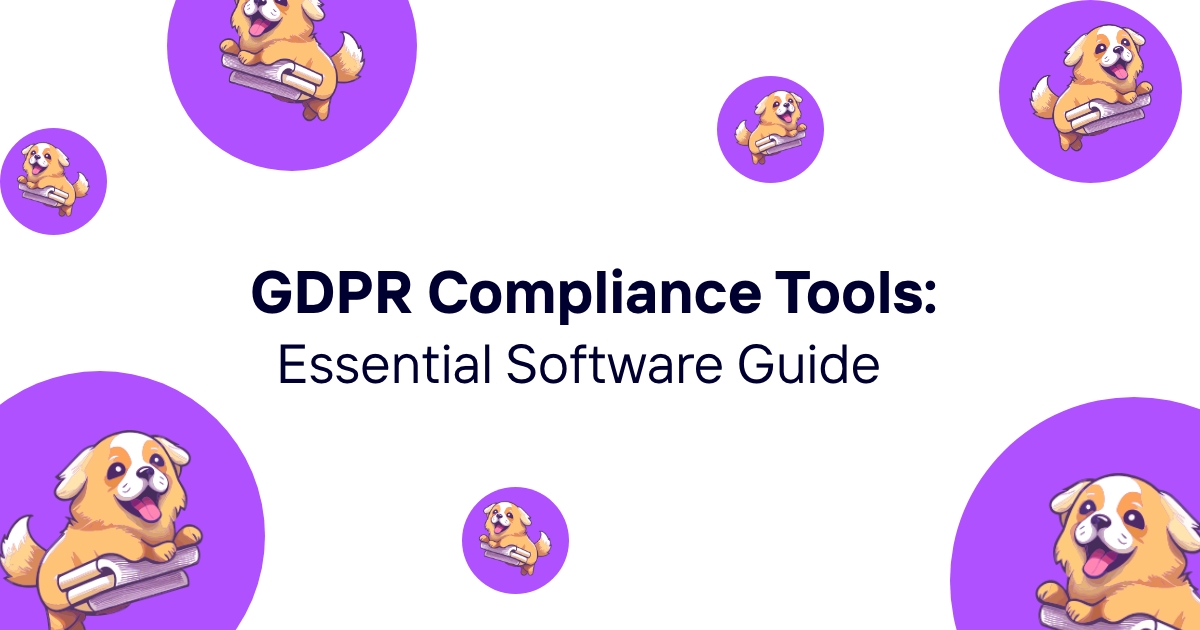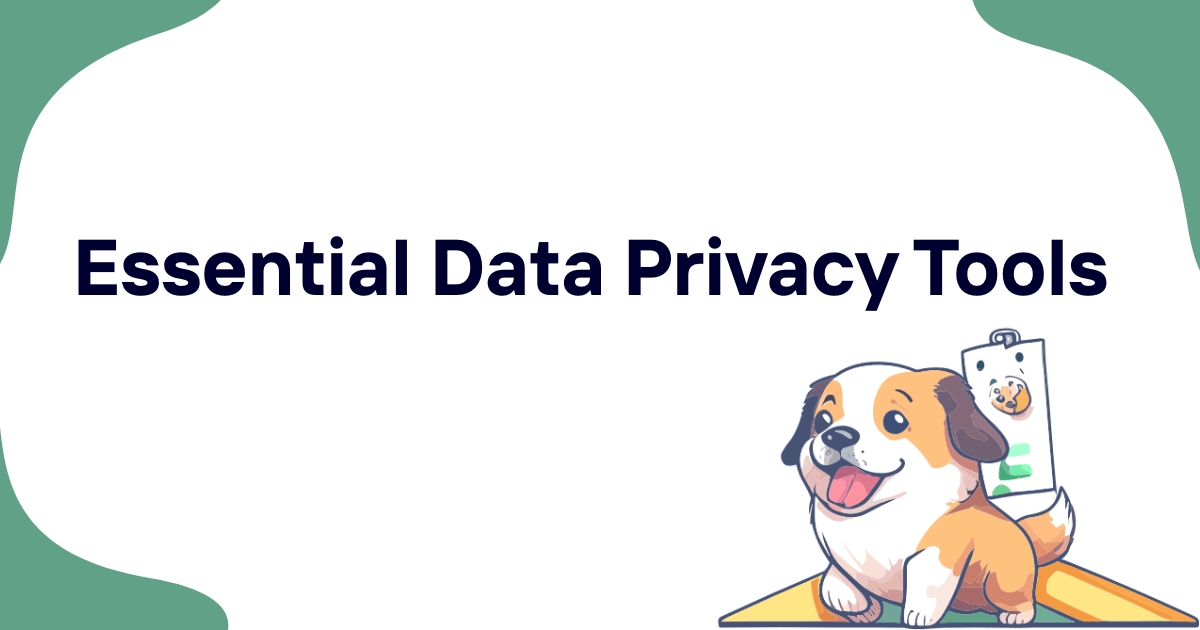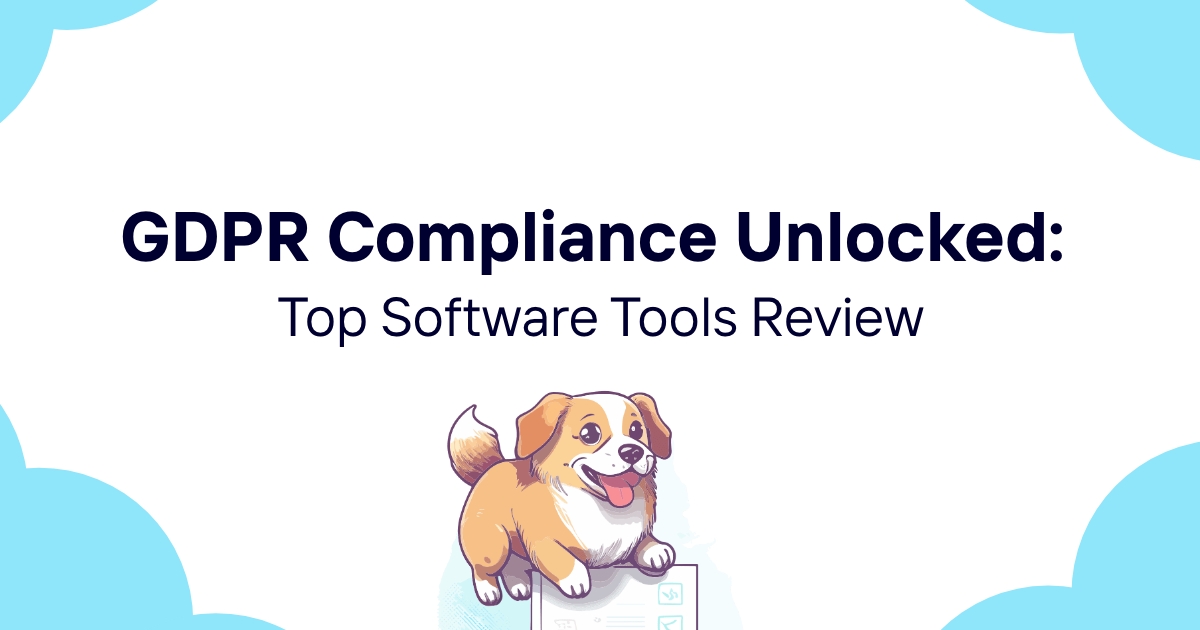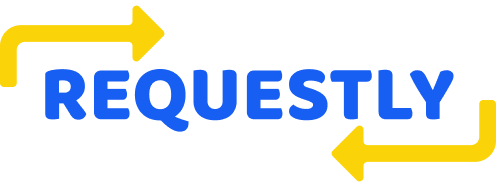Data breaches make headlines daily. Companies lose millions. Customers lose trust. And somewhere in the middle, data governance becomes the unsung hero that could have prevented it all.
Every organization today sits on massive amounts of data. Customer information, financial records, employee details, intellectual property – it's everywhere. But having data isn't the problem. Managing it properly? That's where things get complicated.
Data governance tools have become the backbone of modern compliance strategies. They're not just nice-to-have software anymore. They're business necessities that help organizations control their data destiny while staying on the right side of regulations like GDPR, CCPA, and countless others.
Table of contents
- What are data governance tools?
- Core features of data governance platforms
- Types of data governance tools
- Key benefits for organizations
- Implementation considerations
- Integration with existing systems
- Compliance and regulatory alignment
- Measuring success and ROI
- Common challenges and solutions
- Future trends in data governance
- Choosing the right solution
What are data governance tools?
Data governance tools are specialized software platforms that help organizations manage, protect, and control their data assets throughout their entire lifecycle. Think of them as the air traffic control system for your company's information – they track where data comes from, where it goes, who can access it, and what happens to it along the way.
These tools address a fundamental business challenge: how do you maintain control over data that's constantly moving, changing, and growing? Without proper governance, data becomes a liability rather than an asset. Privacy violations occur. Compliance failures happen. Business decisions get made on unreliable information.
Modern data governance platforms combine multiple capabilities into unified solutions. They automate data discovery processes, classify information by sensitivity levels, manage access controls, and maintain detailed audit trails. Some platforms focus on specific aspects like data lineage tracking, while others provide comprehensive governance suites.
The sophistication of these tools has grown dramatically. Early solutions were often manual, requiring extensive human oversight. Current platforms leverage artificial intelligence and machine learning to automatically identify personal data, detect anomalies, and suggest governance policies based on usage patterns.
But here's what makes them particularly valuable: they translate complex technical processes into business-friendly interfaces. Legal teams can understand compliance status without reading database schemas. IT departments can implement governance policies without rewriting applications. And executives can get clear visibility into data risks across the organization.
Core features of data governance platforms
Data discovery forms the foundation of effective governance. These tools automatically scan databases, file systems, cloud storage, and applications to locate personal and sensitive data. They don't just find obvious fields like "email_address" – sophisticated algorithms can identify personal information in unstructured text, images, and even buried within complex data formats.
Classification capabilities build on discovery by categorizing data according to predefined rules and regulatory requirements. Personal data gets tagged as PII (Personally Identifiable Information). Financial records receive appropriate sensitivity markers. Health information gets classified according to HIPAA requirements. This automated classification enables consistent policy application across the entire data estate.
Access control management provides granular permissions that align with business roles and compliance requirements. Marketing teams can access customer preferences but not financial details. HR departments can view employee records but not customer data. These controls adapt dynamically as job responsibilities change or projects conclude.
Data lineage tracking creates visual maps showing how information flows through systems. When customer data enters through a web form, governance tools trace its path through databases, analytics platforms, marketing systems, and third-party integrations. This visibility becomes critical during data subject requests or breach investigations.
Policy automation transforms governance rules into executable code. Instead of relying on manual processes, these tools automatically enforce retention schedules, apply privacy controls, and trigger compliance workflows. When GDPR requires data deletion after specific timeframes, the platform handles it automatically.
Audit and reporting features maintain detailed logs of all data activities. Who accessed what information, when modifications occurred, which systems processed personal data – everything gets recorded for compliance audits and forensic investigations.
Types of data governance tools
Data catalogs serve as centralized repositories that document available data assets across the organization. They function like library card catalogs for corporate information, helping users discover relevant datasets while providing metadata, quality metrics, and usage guidelines. Business analysts can find customer segmentation data without bothering IT teams. Data scientists can locate machine learning datasets without duplicating efforts.
Privacy management platforms focus specifically on personal data protection and regulatory compliance. These tools excel at identifying PII, managing consent preferences, processing data subject requests, and maintaining privacy impact assessments. They're designed with privacy regulations in mind from the ground up.
Master data management (MDM) tools create single, authoritative versions of critical business entities like customers, products, or locations. When customer information exists in multiple systems with slight variations, MDM platforms reconcile differences and establish golden records that other systems can reference.
Data quality tools monitor, measure, and improve the accuracy and completeness of organizational data. They identify duplicate records, flag inconsistent formats, and suggest corrections for common errors. Poor data quality undermines governance efforts – these tools prevent garbage in, garbage out scenarios.
Data lineage platforms specialize in mapping data flows and transformations across complex IT environments. They're particularly valuable in large organizations with hundreds of interconnected systems, where understanding data movement becomes nearly impossible without automated tracking.
Compliance automation platforms translate regulatory requirements into executable policies and procedures. They monitor regulatory changes, assess impact on existing data practices, and update governance controls accordingly. These tools are lifesavers for heavily regulated industries.
Key benefits for organizations
Risk reduction stands out as the primary driver for data governance adoption. Organizations face mounting pressure from privacy regulations, data breach costs, and reputational damage from mishandled information. Governance tools provide systematic approaches to identifying and mitigating these risks before they become expensive problems.
Regulatory compliance becomes significantly easier when governance processes are automated and auditable. GDPR requires organizations to demonstrate compliance through documentation and controls. Data governance platforms generate this evidence automatically while ensuring actual compliance, not just paperwork compliance.
Operational efficiency improves when data processes become standardized and automated. Manual data discovery that once took weeks happens in hours. Data subject request responses that required coordinating multiple teams can be handled through automated workflows. IT resources get freed up for strategic initiatives rather than reactive data management.
Better decision-making emerges from improved data quality and accessibility. When business users can trust data accuracy and easily find relevant information, they make more informed choices. Sales teams access complete customer histories. Marketing campaigns target appropriate audiences. Product development relies on accurate usage analytics.
Cost savings accumulate through multiple channels. Reduced compliance violations mean fewer fines. Improved data quality decreases operational errors. Automated processes reduce manual labor costs. Better resource utilization comes from eliminating duplicate data storage and processing.
Competitive advantages develop when organizations can leverage their data assets more effectively than competitors. Companies with strong data governance can launch new products faster, respond to market changes more quickly, and provide better customer experiences through personalized services.
Implementation considerations
Stakeholder alignment must happen before technical implementation begins. Different departments have varying perspectives on data governance. IT focuses on security and system performance. Legal worries about compliance and liability. Business units want easy access to information they need. Success requires finding common ground and shared objectives.
Scope definition prevents projects from becoming overwhelming. Many organizations attempt to govern all data simultaneously, which often leads to paralysis or failure. Starting with high-risk data categories (like customer PII) or specific regulatory requirements provides manageable initial scope that demonstrates value quickly.
Resource allocation includes both financial and human considerations. Data governance tools require initial licensing costs, implementation services, and ongoing maintenance. But the human element often proves more challenging – who will configure policies, manage the platform, and respond to governance issues?
Change management becomes critical because data governance affects how people work with information daily. Users accustomed to unrestricted data access may resist new controls. Analysts might object to additional metadata requirements. Success depends on demonstrating value rather than imposing restrictions.
Pilot programs allow organizations to test governance approaches on limited datasets before company-wide rollouts. These pilots reveal integration challenges, policy gaps, and user experience issues in low-risk environments. Lessons learned improve full-scale implementations significantly.
Success metrics should be defined upfront to measure progress objectively. Common metrics include time to complete data subject requests, percentage of data assets with complete metadata, number of policy violations, and user satisfaction scores. Clear measurement enables continuous improvement.
Integration with existing systems
API connectivity enables governance tools to communicate with existing databases, applications, and cloud platforms. Modern governance platforms provide extensive APIs that connect with popular business systems like Salesforce, SAP, Microsoft 365, and Amazon Web Services. These integrations allow governance policies to extend across the entire technology stack.
Database integration poses both opportunities and challenges. On one hand, direct database connections enable comprehensive data discovery and real-time policy enforcement. On the other hand, legacy databases may lack APIs or security controls that support governance tool integration. Organizations often need middleware solutions to bridge these gaps.
Cloud platform integration has become increasingly important as organizations adopt multi-cloud strategies. Governance tools must work across AWS, Azure, Google Cloud, and hybrid environments. Data doesn't respect cloud boundaries – governance policies must apply consistently regardless of where information resides.
Application-level integration allows governance controls to be embedded within business applications. When users access customer data through CRM systems, governance tools can enforce access controls, log activities, and apply retention policies transparently. This integration provides better user experiences than separate governance interfaces.
Identity and access management (IAM) integration aligns governance controls with existing authentication and authorization systems. Rather than creating separate user management processes, governance tools can leverage Active Directory, LDAP, or cloud identity providers to inherit role-based access controls.
Workflow integration connects governance processes with existing business procedures. Data subject requests can trigger workflows in service desk systems. Policy violations can generate alerts through existing monitoring platforms. This integration reduces administrative overhead and improves response times.
Compliance and regulatory alignment
GDPR compliance requires specific capabilities that not all governance tools provide equally well. Organizations need data mapping features that identify all personal data processing activities. Consent management capabilities must track and honor individual preferences. Data subject request processing must be automated and auditable. Breach notification workflows need to meet strict timing requirements.
CCPA introduces different requirements that governance tools must accommodate. The California privacy law focuses on consumer rights to know, delete, and opt-out of personal information sales. Governance platforms need specific features for handling these rights and maintaining required records.
HIPAA compliance in healthcare environments demands specialized security controls and audit capabilities. Governance tools must support encryption, access logging, and risk assessment processes that meet healthcare industry standards. Integration with electronic health record systems becomes particularly important.
SOX compliance for financial reporting requires data lineage and change control features. Organizations must demonstrate that financial data remains accurate and complete throughout processing. Governance tools provide audit trails and change tracking that support SOX requirements.
Industry-specific regulations like PCI DSS for payment processing or FERPA for education require tailored governance approaches. The best governance platforms provide regulation-specific policy templates and compliance checking features rather than generic controls that require extensive customization.
International data transfers add complexity that governance tools must address through adequacy decision tracking, standard contractual clause management, and transfer impact assessments. Organizations operating globally need platforms that understand jurisdiction-specific requirements.
Measuring success and ROI
Quantitative metrics provide objective measures of governance program effectiveness. Time to complete data subject requests typically decreases from weeks to days or hours after implementing proper tools. Data discovery coverage increases from partial manual efforts to comprehensive automated scanning. Policy violation incidents often drop significantly once automated controls are in place.
Financial benefits can be calculated through cost avoidance and efficiency gains. GDPR fines can reach 4% of global revenue – governance tools that prevent violations provide substantial cost avoidance. Manual processes replaced by automation generate measurable labor savings. Improved data quality reduces operational errors and their associated costs.
Risk reduction metrics track governance program maturity over time. Organizations typically measure the percentage of data assets with complete metadata, compliance policy coverage across systems, and mean time to detect and respond to governance issues. These metrics demonstrate improving risk posture.
User satisfaction surveys reveal whether governance tools enhance or hinder business operations. High adoption rates indicate that tools provide value without excessive friction. User feedback identifies areas for improvement and helps prioritize platform enhancements.
Compliance audit results provide external validation of governance program effectiveness. Clean audit findings demonstrate that governance controls work as intended. Audit preparation time often decreases significantly when governance tools maintain required documentation automatically.
Business impact measurements connect governance investments to organizational outcomes. Improved data quality enables better business decisions. Faster data access accelerates product development cycles. Enhanced customer trust leads to improved retention and acquisition rates.
Common challenges and solutions
Data silos remain one of the biggest obstacles to effective governance. Information scattered across multiple systems, departments, and cloud platforms resists unified control. Modern governance tools address this challenge through federated architectures that can discover and manage data wherever it resides, without requiring massive migration projects.
User resistance often emerges when governance tools introduce new restrictions or processes. Sales teams complain that data access controls slow down deal processes. Marketing departments object to additional approval steps for customer data usage. The solution involves demonstrating value rather than imposing restrictions – showing users how governance tools actually make their jobs easier and more effective.
Technical complexity can overwhelm organizations lacking specialized expertise. Data governance platforms require configuration, policy development, and ongoing maintenance that may exceed internal capabilities. Many organizations address this through managed services, consulting partnerships, or gradual capability building rather than attempting everything simultaneously.
Policy consistency across different systems and departments poses ongoing challenges. What constitutes "sensitive data" in one department might be routine information in another. Successful organizations develop clear, company-wide data classification standards and invest in governance training across all user communities.
Budget constraints limit the scope and sophistication of governance implementations. Comprehensive platforms require significant investments in software, services, and internal resources. Phased approaches that start with high-priority use cases and expand over time often provide more sustainable paths forward than attempting complete solutions immediately.
Integration difficulties arise when legacy systems lack APIs or security features needed for modern governance tools. Organizations often need middleware solutions, data replication strategies, or gradual system modernization to achieve comprehensive governance coverage.
Future trends in data governance
Artificial intelligence integration will transform how governance tools operate. Machine learning algorithms will automatically identify sensitive data patterns, suggest appropriate classification schemes, and adapt policies based on usage patterns. AI will enable governance tools to understand context rather than just following rigid rules.
Zero-trust architectures are becoming the foundation for modern data governance. Instead of assuming internal networks are safe, these approaches verify every data access request and apply granular controls regardless of user location or system origin. Governance tools will increasingly embed zero-trust principles.
Real-time governance capabilities will replace periodic batch processing. Organizations need governance controls that operate at the speed of business – blocking inappropriate data access instantly rather than detecting violations hours later through audit reports. Streaming architectures will enable governance at data velocity.
Privacy-enhancing technologies like differential privacy, homomorphic encryption, and synthetic data generation will integrate with governance platforms. These technologies enable data use while preserving privacy – allowing analytics on sensitive datasets without exposing individual records.
Regulatory automation will help organizations adapt to changing compliance requirements. Governance tools will monitor regulatory developments, assess impact on existing data practices, and suggest policy updates automatically. This automation becomes critical as privacy laws proliferate globally.
Cloud-native architectures will dominate new governance tool development. These platforms will provide better scalability, integration capabilities, and deployment flexibility than traditional on-premises solutions. Multi-cloud governance will become standard rather than exceptional.
Choosing the right solution
Business requirements should drive technology selection rather than the reverse. Organizations need to understand their specific governance challenges before evaluating tools. Are data subject requests the primary concern? Does regulatory compliance drive the initiative? Is data quality the biggest problem? Different requirements favor different platform strengths.
Vendor evaluation requires careful assessment of both current capabilities and development roadmaps. The data governance market remains dynamic, with frequent acquisitions and new entrants. Organizations should evaluate vendor stability, customer references, and strategic direction rather than just feature checklists.
Total cost of ownership includes more than software licensing fees. Implementation services, training, ongoing support, and internal resource requirements can exceed initial license costs significantly. Organizations should develop comprehensive cost models that account for multi-year expenses.
Scalability planning prevents platforms from becoming obsolete as data volumes and complexity grow. Governance tools that work well for current needs might struggle with future requirements. Evaluation should consider data growth projections, user expansion plans, and new regulatory requirements.
Integration architecture assessment determines whether platforms can work effectively with existing systems and future technology strategies. Organizations with complex IT environments need governance tools that provide extensive integration options rather than requiring wholesale system replacement.
Proof-of-concept projects allow hands-on evaluation of platform capabilities before making major commitments. These pilots should test real data governance scenarios with actual organizational data rather than vendor-provided examples. Success criteria should align with identified business requirements.
The data governance landscape continues changing rapidly as organizations recognize data as a strategic asset requiring proper stewardship. Modern governance tools provide the automation, visibility, and control needed to manage this critical resource effectively while meeting regulatory obligations.
Success with data governance tools requires more than technology implementation – it demands organizational commitment to treating data as a valuable asset worth protecting and managing properly. When organizations combine the right tools with appropriate policies and user training, they create competitive advantages through better decision-making, reduced risks, and improved operational efficiency.
For companies seeking comprehensive data governance solutions, platforms like ComplyDog offer integrated approaches to privacy compliance and data management. These all-in-one solutions help organizations achieve GDPR compliance while building sustainable governance practices that adapt to changing regulatory requirements. By implementing robust governance tools, companies can transform data from a compliance burden into a strategic business asset that drives growth and innovation.
Visit ComplyDog.com to learn more about comprehensive data governance and privacy compliance solutions.
